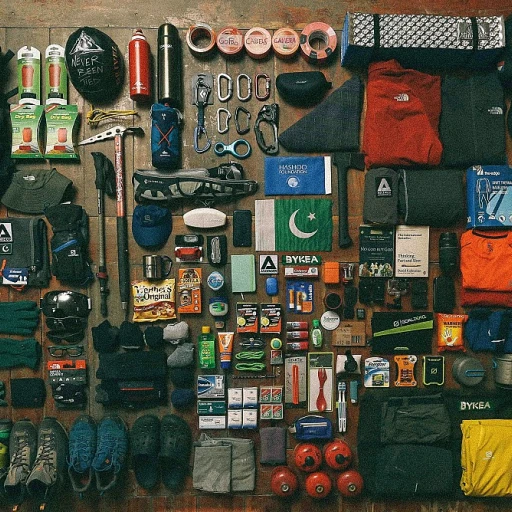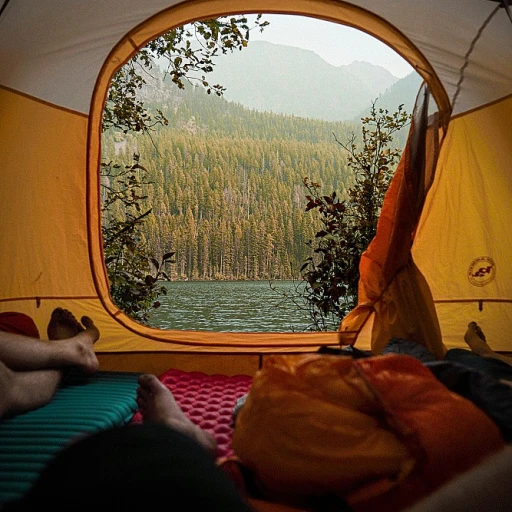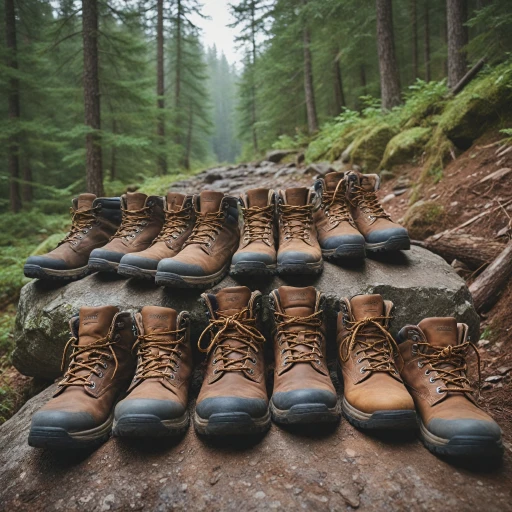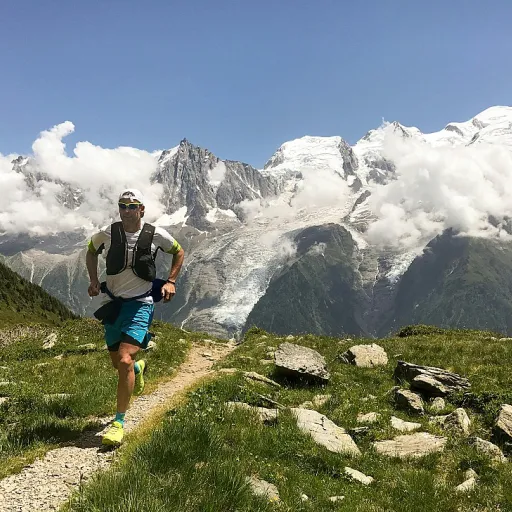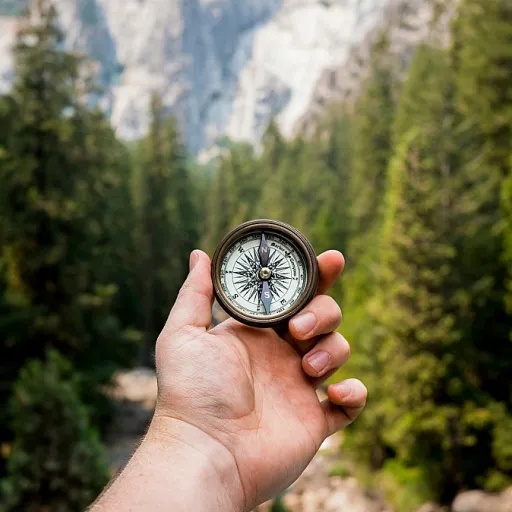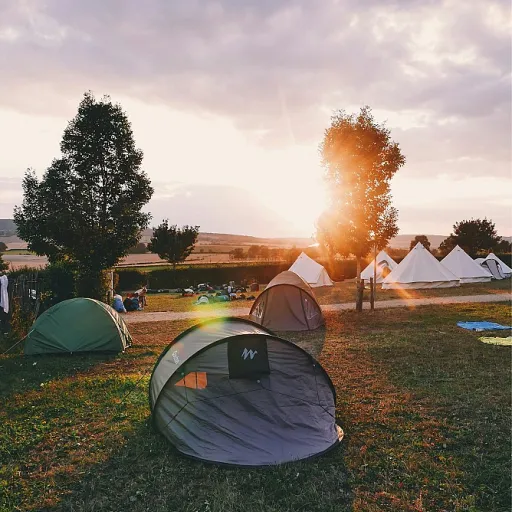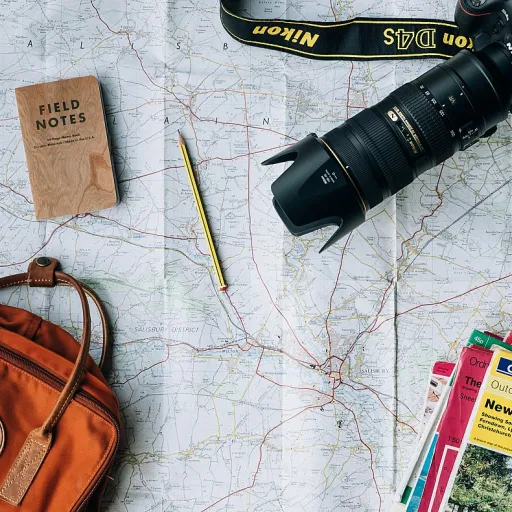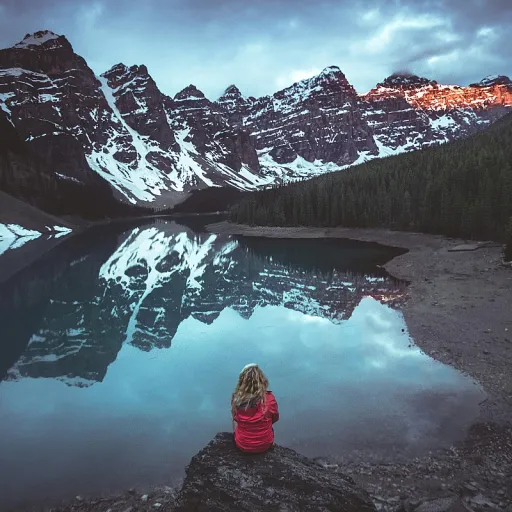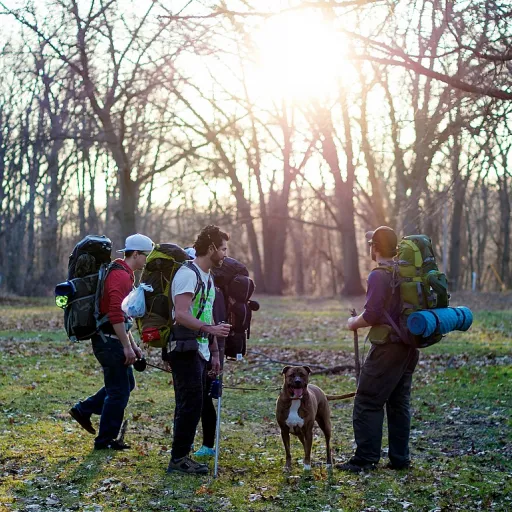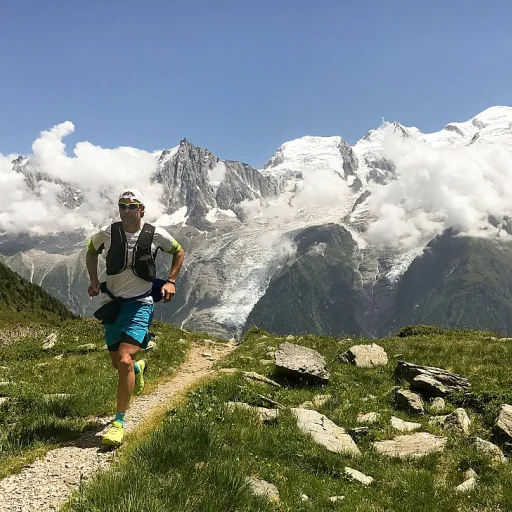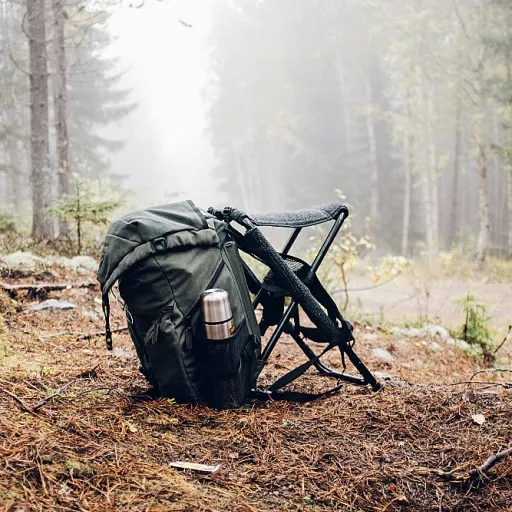
Understanding the importance of proper fit for kids ski boots
Why Fit Matters for Young Skiers
Getting the right fit for kids ski boots is more than just a comfort issue—it’s about safety, performance, and long-term enjoyment on the mountain. When a kid’s boot fits well, it helps young skiers maintain control, develop proper technique, and avoid painful pressure points that can cut a day short. A poor fit can lead to cold feet, blisters, or even injuries, especially for those just starting or moving up to intermediate and junior racing levels.
- Performance: Boots designed for youth and junior skiers, like the Lange RSJ or Tecnica junior models, are built to transfer energy efficiently from the foot to the ski. A snug fit ensures every movement counts, whether your kid is learning the basics or racing down a mountain ski course.
- Comfort and Fun: If boots are too tight or too loose, young skiers won’t have fun. Comfort is key to keeping kids excited about skiing, especially in cold or hot conditions on the slopes.
- Growth and Value: While it’s tempting to save money by buying boots a size up, this often backfires. Oversized boots can make it harder for kids to control their skis, and may even lead to bad habits or accidents. The right fit helps you get the most value for your price, as well-fitted boots can be passed down or sold when your kid outgrows them.
Whether your child is a beginner, an intermediate, or even a young racer in a touring race or mountain ski program, the right fit sets the foundation for skill development and confidence. For parents looking to support their young adventurers, understanding the importance of fit is the first step—before you start comparing features, price, or brands like Lange, Tecnica, or other boots junior models.
For more insights on how proper boot fit impacts performance and safety in extreme winter conditions, check out this guide on choosing the right boots for winter adventures.
Key features to look for in kids ski boots
Essential Elements for Young Skiers’ Boots
When selecting boots for your kid, it’s crucial to focus on features that support both comfort and performance. A well-designed ski boot can make all the difference for young skiers, whether they are just starting out or already racing down the mountain. Here’s what to keep in mind:
- Flex and Support: Boots designed for youth should offer the right balance of flexibility and support. Too stiff, and your kid may struggle to control their skis. Too soft, and they might not get the response needed for fun or racing. Models like the Lange RSJ or Tecnica junior ski boots are tailored for beginner intermediate to high-level young skiers, offering a range of flex ratings.
- Fit and Comfort: Look for a boot that hugs the foot without pinching. Many junior ski boots come with heat-moldable liners, which adapt to the shape of the foot for a custom fit. A proper fit helps avoid blisters and cold feet, making mountain ski days more enjoyable.
- Weight: Lightweight boots help kids move more easily, especially when learning or participating in youth ski races. Heavy boots can tire young legs quickly, reducing time on the slopes.
- Adjustability: Features like micro-adjustable buckles and power straps allow for a more precise fit as your kid grows. Some boots kid models even have adjustable cuffs to accommodate different calf sizes.
- Insulation and Warmth: Cold feet can end the fun fast. Look for boots with good insulation, especially for those hot and cold mountain days. Brands like Lange and Tecnica often include thermal liners in their junior ski boots.
- Durability: Kids can be tough on gear. Choose boots built to withstand the rigors of youth ski adventures, from racing to mountain touring race activities.
- Price and Value: While it’s tempting to save on gear, investing in quality boots can prevent discomfort and injuries. Consider the price in relation to the features and longevity of the boot. Sometimes, spending a bit more upfront can save money in the long run by avoiding frequent replacements.
For outdoor enthusiasts interested in versatile footwear for all kinds of adventures, including ski and beyond, check out this guide on exploring the versatility of asphalt boots for outdoor adventures.
Choosing the right boots junior models is about more than just size. It’s about finding the right combination of fit, support, and features to help young skiers progress safely and confidently on the mountain.
Common mistakes when choosing kids ski boots
Frequent Pitfalls When Selecting Youth Ski Boots
- Prioritizing price over fit: Many parents focus on saving money by choosing boots that are too large, hoping their kid will grow into them. However, an oversized boot can compromise control, comfort, and safety on the mountain. Proper fit is crucial for young skiers, whether they're beginners or aspiring racers ski enthusiasts.
- Ignoring flex and skill level: Selecting a boot with the wrong flex can make skiing less fun and more challenging. Boots designed for junior or youth skiers should match their ability, from beginner intermediate to high-performance racing models like the Lange RSJ or Tecnica junior ski boots.
- Overlooking key features: Features such as easy entry, warmth, and adjustable buckles are essential for young adventurers. Skipping these can lead to frustration and cold feet, reducing time spent enjoying mountain ski days.
- Not considering growth and foot shape: Each kid’s foot is unique. Boots junior models come in various shapes and volumes. Failing to measure and try on boots properly can result in discomfort or even injury, especially for youth ski racers or those spending long days on the slopes.
- Neglecting insole quality: The right insole can make a big difference in comfort and performance. For tips on enhancing fit and support, check out this guide to top insoles for ski boots.
- Assuming all boots are the same: There’s a big difference between boots mountain models, touring race boots, and those built for racing or fun. Always match the boot to your young skier’s needs and the type of skiing they’ll be doing.
By avoiding these common mistakes, you’ll help ensure your young skier has the best possible experience, whether they’re just starting out or chasing podiums in junior races.
How to measure and try on kids ski boots
Getting the Right Fit: Step-by-Step Guide
Finding the perfect fit for kids ski boots is crucial for comfort, safety, and performance on the mountain. Whether your young skier is a beginner, intermediate, or already racing, a well-fitted boot helps them have more fun and progress faster.- Measure Both Feet: Start by measuring your kid’s feet at home or in-store. Use a ski boot sizing tool or a ruler to get the length in centimeters. Remember, feet can be different sizes, so always fit to the larger foot.
- Check Boot Flex: Boots designed for youth and junior skiers, like the Lange RSJ or Tecnica junior models, come in different flex ratings. Match the flex to your kid’s weight, skill level, and skiing style. Too stiff or too soft can impact control and comfort.
- Try On with Ski Socks: Always use the same thickness of ski socks your kid will wear on the mountain. Thin, synthetic socks are best for a snug fit and to avoid hot spots.
- Proper Buckling: When trying on boots, buckle them up fully. The heel should stay in place when your kid flexes forward. Toes should just brush the front of the boot when standing straight, but pull back slightly when flexed.
- Walk and Flex Test: Let your young skier walk around and flex in the boots. Watch for discomfort, pinching, or pressure points. Boots should feel snug but not painful. If your kid complains about pain or numbness, try another size or model.
- Shell Fit: For a more precise fit, remove the liner and have your kid stand in the shell with toes just touching the front. There should be about a finger’s width (1-2 cm) behind the heel for most junior and youth ski boots.
Tips for Saving Money and Avoiding Mistakes
- Don’t buy boots too big hoping your kid will "grow into them." Loose boots can cause blisters, poor control, and less fun on the slopes.
- Consider the price, but prioritize fit and comfort over saving a few dollars. A well-fitted boot, even at a slightly higher price, will save you headaches and might last longer if your kid is not racing or growing rapidly.
- For racers ski or touring race, consult with a boot fitter who understands the demands of high and low flex boots for young skiers.
- If your kid is between sizes, some boots like the Lange RSJ or Tecnica junior models offer adjustable features to fine-tune the fit.
Caring for kids ski boots to extend their life
Simple Steps to Keep Kids Ski Boots in Top Shape
Taking care of kids ski boots is more than just wiping off snow after a day on the mountain. Proper maintenance can help you save money by extending the life of boots, whether your young skier is using entry-level or high-performance junior models like the Lange RSJ or Tecnica boots. Here are some practical tips for parents and youth skiers:- Dry boots thoroughly after each use. Remove the liners and footbeds from the ski boots and let them air dry at room temperature. Avoid placing them near direct heat sources, as this can damage the materials and affect fit.
- Clean off dirt and salt. After skiing, wipe down the outer shell of the boots with a damp cloth to remove any dirt, salt, or debris. This helps preserve the appearance and function of the boots, especially for boots designed for racing or mountain touring.
- Check buckles and straps regularly. Make sure all buckles, straps, and Velcro closures are working smoothly. If you notice any issues, address them early to avoid problems on the slopes.
- Store boots properly. Keep boots in a cool, dry place. Avoid leaving them in a hot car or damp basement, as extreme temperatures and moisture can degrade the materials and shorten the life of the boots.
- Inspect for wear and tear. Look for cracks in the shell, worn soles, or loose parts. Early detection can help you decide when it’s time to upgrade to a new pair, especially for active young skiers or racers ski enthusiasts.
Why Maintenance Matters for Performance and Price
Well-maintained boots not only last longer but also provide consistent support and comfort for youth and junior skiers. This is especially important for beginner intermediate and intermediate high skiers who are developing their skills. Regular care means your investment in quality boots like Lange or Tecnica pays off, and you can save on replacement costs. Plus, keeping boots in good condition ensures your kid can focus on fun and performance, whether they’re racing, exploring mountain ski terrain, or just enjoying a day with family. Remember, a little attention goes a long way in keeping boots junior and boots kid ready for every adventure.When to upgrade or replace kids ski boots
Recognizing When Kids Need New Ski Boots
Kids grow fast, and their needs on the mountain change just as quickly. Even the best junior ski boots, like the Lange RSJ or Tecnica youth models, won’t last forever. Here’s how to know when it’s time to upgrade or replace your kid’s ski boots:
- Fit feels too tight or too loose: If your kid complains about discomfort, numbness, or their toes touching the end, it’s a clear sign the boots are too small. On the other hand, if their heel lifts or the boot feels sloppy, they’ve outgrown the fit.
- Performance drops: Young skiers who are advancing from beginner intermediate to more challenging terrain need boots designed for their skill level. If your kid is racing or joining a junior mountain ski team, consider a stiffer boot like the Lange RSJ for better control.
- Visible wear and tear: Check for cracks, broken buckles, or worn-out liners. Boots that have lost their structure won’t provide the support needed for fun and safe days on the slopes.
- Frequent cold or wet feet: If your kid’s feet are always cold or damp, even with hot socks, the insulation or waterproofing may be compromised. This is especially important for youth ski boots used in high mountain conditions.
- Growth spurts: Kids’ feet can grow a full size in a season. Measure their feet regularly, especially before a new ski season, to avoid painful days on the mountain and to save on unnecessary medical visits.
Balancing Price and Performance
It’s tempting to save money by buying boots a size up, but this can hinder your young skier’s progress and enjoyment. Boots that fit well help kids learn proper technique, whether they’re just starting or entering youth racing. Consider the price as an investment in your kid’s safety and fun. Some shops offer trade-in programs for boots junior skiers have outgrown, which can help manage costs as your child moves from beginner intermediate to more advanced levels.
When to Move Up to Advanced or Racing Boots
If your kid is showing interest in mountain ski racing or touring race events, look for boots with features tailored for racers ski performance. High flex ratings, precise fit, and lightweight construction are key for young racers. Brands like Lange and Tecnica offer junior ski boots specifically designed for these needs, ensuring your kid has the right support as they progress.
Quick Tips for Upgrading
- Always try on new boots with ski socks your kid will wear on the mountain.
- Check compatibility with existing bindings before purchasing new boots.
- Consult with a boot fitter if your kid has unique foot shapes or is moving into high-performance skiing.
Keeping a close eye on fit, performance, and comfort ensures your young adventurer gets the most out of every ski day. Upgrading at the right time helps build confidence and keeps the fun alive on the slopes.


